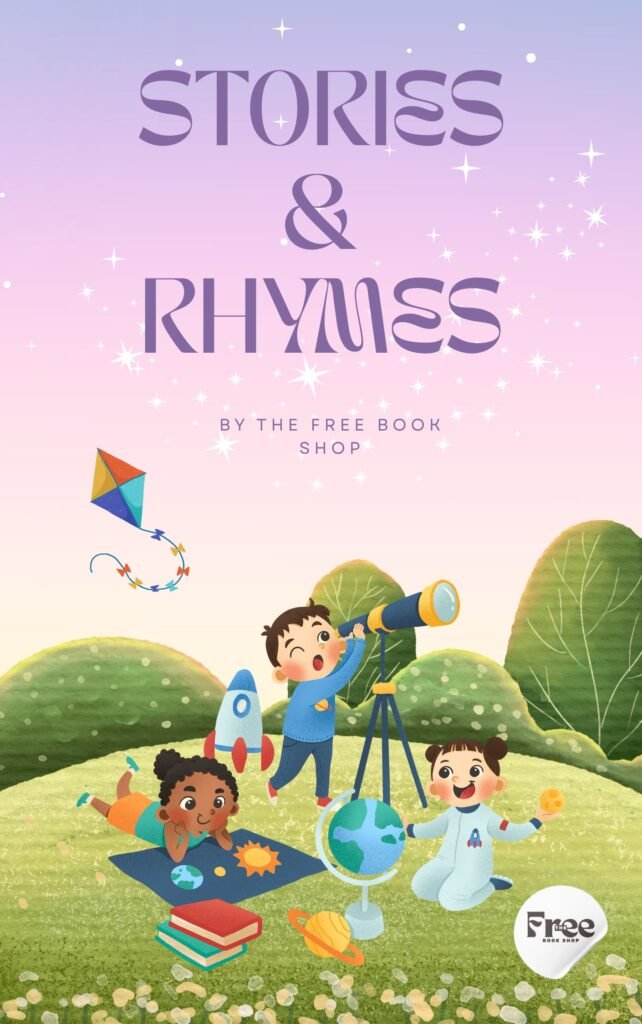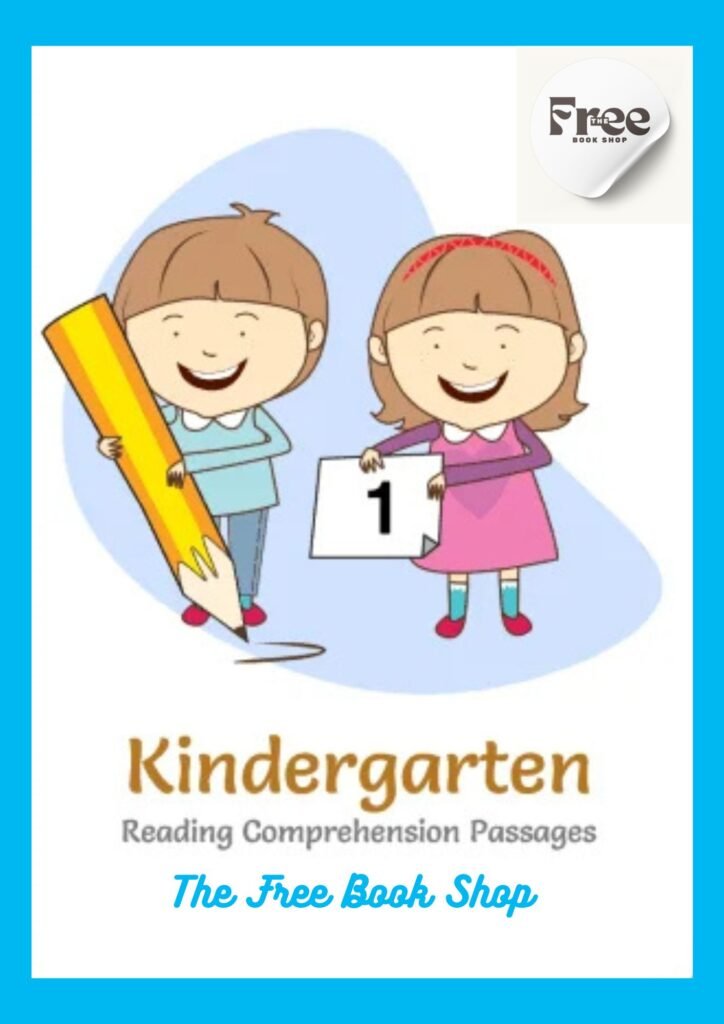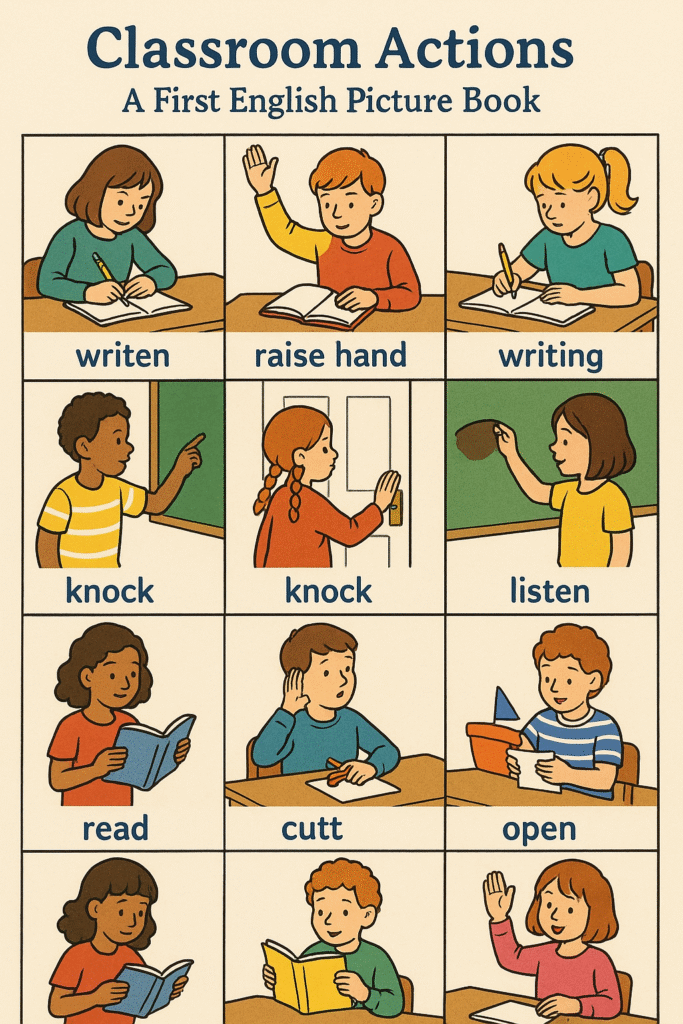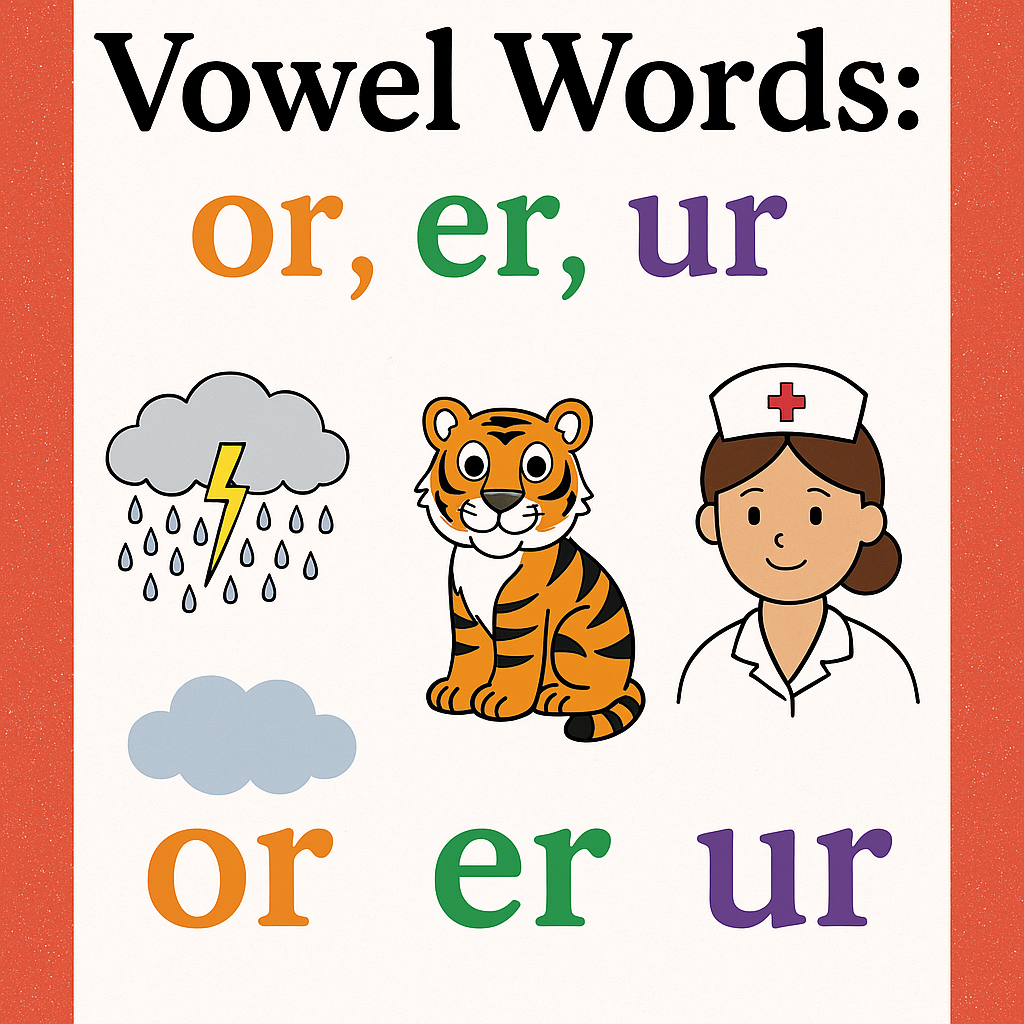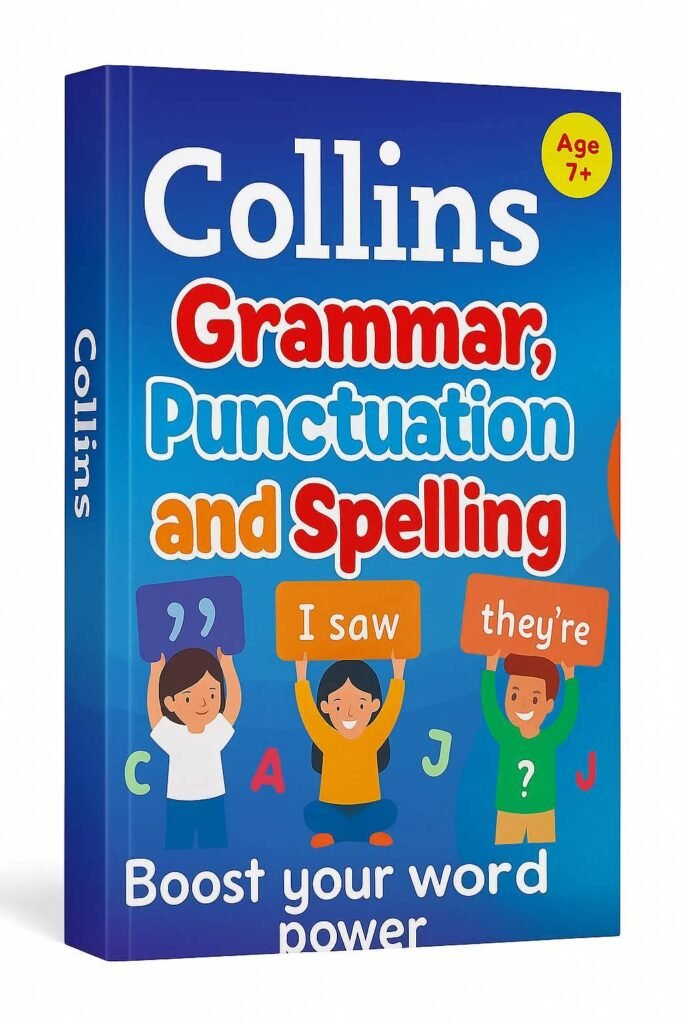Table of Contents
Long Vowels Phonics Booklet:
A Comprehensive Guide for Early Literacy
Introduction
Teaching children how to read is a journey filled with excitement, discovery, and joy. One of the foundational pillars of early reading is phonics—the method of teaching reading by correlating sounds with letters or groups of letters. Among the various components of phonics instruction, mastering long vowel sounds is essential for developing confident and fluent readers. A Long Vowels Phonics Booklet serves as an invaluable tool in this process, offering structured, engaging, and age-appropriate activities to help children internalize the rules and patterns of long vowel usage.
This article delves deep into the importance of long vowels in phonics, the structure and content of a high-quality phonics booklet, and how educators and parents can effectively use it to support early literacy.
Understanding Long Vowel Sounds
Before exploring the contents of a phonics booklet, it’s important to understand what long vowels are. In English, vowels can make short or long sounds. A long vowel sound is when a vowel says its own name. For example:
-
Long A – as in cake, rain, tape
-
Long E – as in feet, beet, sea
-
Long I – as in kite, ride, pie
-
Long O – as in home, boat, toe
-
Long U – as in cute, flute, unicorn
These sounds often appear in words through specific spelling patterns such as vowel-consonant-e (VCe), vowel teams (ai, ea, ie), and open syllables.
Why Focus on Long Vowels?
Learning long vowels is a vital step in phonics for several reasons:
-
Improves Word Recognition: Many high-frequency and sight words include long vowel patterns.
-
Builds Decoding Skills: Knowing long vowel patterns helps children decode unfamiliar words independently.
-
Enhances Spelling Accuracy: As children learn consistent vowel patterns, they become more accurate spellers.
-
Promotes Reading Fluency: Recognizing long vowel words quickly allows for smoother and more confident reading.
Structure of a Long Vowels Phonics Booklet
A well-structured Long Vowels Phonics Booklet typically includes several components to reinforce learning:
1. Introduction to Each Long Vowel
Each section of the booklet begins with an introduction to the vowel sound and its various spellings. Visuals and anchor charts may be used to reinforce the concept.
Example Page for Long A:
-
Picture of a cake, snail, and plane
-
Word list: cake, rain, tail, same, ate, date
-
Sound boxes to break the word into phonemes
2. Spelling Patterns
The booklet teaches common spelling patterns associated with each long vowel:
| Long Vowel | Common Patterns |
|---|---|
| A | a-e, ai, ay |
| E | ee, ea, e-e |
| I | i-e, igh, ie |
| O | o-e, oa, ow |
| U | u-e, ue, ew |
Each pattern is introduced with words, images, and activities such as fill-in-the-blank or word building.
Sample Activities in the Booklet
1. Phoneme Mapping
Children map the sounds of long vowel words by placing each sound in a separate box, helping them segment and blend phonemes.
Example:
-
Word: bike
| b | i | k | e | → 3 sounds (b – long i – k)
2. Picture-Word Match
Students match pictures to the correct long vowel word, reinforcing visual and phonemic connections.
3. Read and Highlight
Children read a passage or word list and highlight words with long vowel patterns. This improves pattern recognition.
4. Word Sorts
Words are grouped by spelling pattern. For instance, a word sort for Long A might separate words into three columns:
-
a-e words: cake, tape
-
ai words: rain, snail
-
ay words: play, stay
5. Spelling Practice
Students practice writing and spelling long vowel words in different contexts—using word banks, completing sentences, or dictation.
6. Reading Passages
Short stories or paragraphs filled with long vowel words provide meaningful reading practice. These passages help bridge the gap between isolated word study and fluent reading.
How to Use the Long Vowels Phonics Booklet Effectively
For Teachers
-
Small Group Instruction: Use the booklet during guided reading sessions to target specific vowel patterns.
-
Literacy Centers: Set up phonics stations where students can independently complete booklet pages.
-
Homework Assignments: Send pages home for extra reinforcement.
-
Assessment Tools: Use pre- and post-activities to gauge progress in mastering long vowel patterns.
For Parents
-
Daily Practice: Spend 10–15 minutes daily working through the booklet with your child.
-
Read Aloud Together: Read the passages aloud and let the child identify long vowel words.
-
Use Flashcards: Make flashcards from booklet word lists for quick review.
-
Interactive Games: Turn booklet words into games like bingo or word hunts.
Benefits of Using a Long Vowels Phonics Booklet
-
Engagement: Visuals, fun activities, and creative tasks make learning enjoyable.
-
Structure: A progressive layout helps learners build skills step by step.
-
Retention: Repetition and practice ensure that patterns are stored in long-term memory.
-
Confidence: Children gain confidence in reading and spelling as they master each vowel.
-
Parent-Teacher Collaboration: Booklets can be shared across home and school, ensuring consistent learning.
Sample Weekly Plan
| Day | Activity |
|---|---|
| Monday | Introduce new long vowel sound with word list |
| Tuesday | Practice with phoneme mapping and picture match |
| Wednesday | Word sorting and sentence building |
| Thursday | Reading passage and highlight long vowel words |
| Friday | Spelling test and word games |
This structured plan ensures daily engagement and comprehensive coverage of each sound.
Creating Your Own Long Vowels Booklet
If you’re a teacher or homeschooling parent, you might consider creating your own customized phonics booklet. Here are steps to help you:
-
Choose the Focus Vowel: Start with Long A, then move on sequentially.
-
Gather or Draw Pictures: Use clipart or illustrations to represent each word.
-
Design Worksheets: Incorporate phoneme boxes, sorting tables, and word-building sections.
-
Include Assessments: Add mini-quizzes or review sections to measure learning.
-
Make It Fun: Add coloring pages, games, and puzzles.
Tips for Teaching Long Vowels
-
Use Songs and Rhymes: Kids remember sounds better when set to music or rhythm.
-
Incorporate Movement: Try kinesthetic activities like jumping to the correct long vowel sound.
-
Read Books with Long Vowel Words: Stories like Pete the Cat, Green Eggs and Ham, or The Bike Ride reinforce sounds naturally.
-
Be Patient: Every child learns at their own pace. Celebrate small victories!
Conclusion
A Long Vowels Phonics Booklet is more than just a teaching aid—it’s a roadmap to reading success. Whether you’re a teacher looking to reinforce classroom instruction or a parent supporting at-home learning, this booklet can play a critical role in helping children master long vowel sounds. With interactive activities, structured lessons, and engaging visuals, children can develop the decoding and spelling skills necessary for fluent reading.
Investing time in long vowels phonics instruction builds a strong foundation for literacy, setting learners up for a lifetime of reading confidence and comprehension.







